Imagine living in a world with no banks! You don’t need to reveal your identity every time you make payment. You don’t need to maintain a credit score every time you want to borrow money. You don’t even need to worry about forex rates every time you visit another country. All your money is stored in a wallet that you can access from anywhere in the world. Moreover, you can see every transaction that has ever happened on the system while being completely anonymous and secure!
That’s decentralised finance for you!
The introduction of blockchain and cryptocurrencies has been revolutionising for various industries, including the financial industry. And, DeFi is one of the major applications of blockchain. Decentralisation and independence have proven to be very attractive for centralised finance (CeFi) users, resulting in a major boom in DeFi in a very short span of time. As of 2021, DeFi contracts have a total value of more than $195 billion!
DeFi has huge growth potential in the coming years, and it is the future of the financial ecosystem. Therefore, it is important to understand the intricacies, applications as well as risks of decentralised finance.
Thus, here is a guide for you explaining all the basics of DeFi in the simplest terms.
So dive right in!
What is DeFi?
DeFi or decentralised finance is a global, peer-to-peer system that provides financial services using a public blockchain network.
As is evident by its name, DeFi provides a permissionless and transparent financial ecosystem without depending on any centralised authority. Most DeFi applications are built on a blockchain-based platform Ethereum.
Now, What Is Blockchain?
Blockchain can be thought of as a decentralised digital ledger that everyone owns but at the same time, no one owns. This means that even though anyone can contribute to a public blockchain, no one actually owns the right to edit or change the data in a blockchain. In other words, blockchain is a digital ledger used to store information that is private as well as transparent. So, anyone can access and look at the public information on a blockchain, but no one can access the users’ private information or edit any sort of transaction.
This is because each block in a blockchain contains the hash value of the data in its previous block as well as of the current block. So to edit any information in the current block, one will have to edit all the previous blocks, which will take a large amount of time and energy. This is what makes blockchain tamper-resistant, secure, transparent as well as efficient.
Since DeFi is itself based on blockchain, it inherits all these properties, which makes the system efficient. DeFi provides all the facilities allowed by the traditional banks but eliminates the need for an intermediary or central authority. Furthermore, the platform is faster, globalised and doesn’t require any paperwork. This allows anyone with an internet connection to have access to their funds and other assets at any time.
How Does DeFi Work?
DeFi primarily works on three components: smart contracts, stablecoins and DeFi apps.
Smart contracts
Smart contracts are an essential part of any blockchain and thus a necessary part of DeFi. In simple words, a smart contract is just a piece of code that is automatically executed when certain prerequisite conditions are met. In Ethereum, every smart contract is decentralised and immutable, meaning that once it is coded and deployed, it cannot be changed or edited at all. That is why the DeFi system is said to follow the ‘code is law’ thesis as the law or the contract is represented through written code. Hence, smart contracts help in making the blockchain trustless and secure.
Think of a smart contract as a vending machine. Like smart contracts, a vending machine is also pre-programmed and allows only certain actions based on the input. For example, if you wish to buy a chocolate bar that costs $3 but you only have $2, you will not be able to get the bar or manipulate the machine’s working in any way.
Stable Coins
DeFi is basically based on blockchain, and the transactions are completed using cryptocurrencies. But, cryptocurrencies are highly volatile, and their values keep frequently fluctuating, which leads to extreme instability in the market. Therefore, to mitigate this problem, stablecoins were created whose values were pegged to many stable assets, particularly the US dollar. The coins have become a very important component of the DeFi system as they are a mixture of the best qualities of cryptocurrency and the centralised currency.
DeFi Applications
DeFi applications or DApps are applications based on DeFi which allow users to easily access various services offered by the system. These applications differ from the usual applications as they use blockchain as their database. These apps are used in several areas and industries, including the financial sector, the gaming industry, marketplaces, social media, etc. DApps provide various financial services, similar to a bank. The only difference here is that, unlike a bank, DApps do not have a centralised authority. Instead, they use DeFi protocols and smart contracts to manage finance and maintain security.
The working of DeFi applications, or DeFi in general, can be understood by looking at the various layers that form the DeFi stack. Each layer is customised to perform a particular task in the building of the DeFi system. Furthermore, the DeFi stack is composable, meaning that each component and each layer can be grouped together to build a complete DeFi application.
The four layers include:
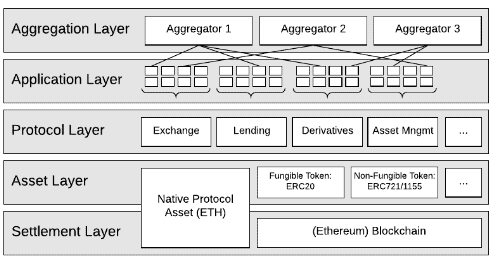
- Settlement layer: the settlement layer is the base layer or the foundation on which the DeFi ecosystem is built. This base makes DeFi work completely differently than the centralised finance ecosystem because it is built on blockchain technology. This layer is used to store ownership information securely and serve as a settlement and dispute resolution system.
- Protocol layer: this layer consists of software protocols which are basically a set of rules that govern the functioning of DeFi applications. In the blockchain regime, these rules are composed of a series of smart contracts. The smart contracts manage the working and behaviour of assets in a DeFi environment. Also, the DeFi protocols are highly interoperable, which means multiple entities or applications can access them simultaneously.
- Application layer: this layer provides user-oriented applications to the DeFi system. It basically gives a face to the underlying DeFi protocols so that consumers can easily interact with the DeFi system without programming or in-depth knowledge about blockchain. In the application layer, the smart contract is abstracted by a web-based front end, making the protocols easy to use, just like usual applications. Most common applications, including decentralised cryptocurrency exchanges and lending services, reside on this layer.
- Aggregation layer: this layer can be seen as an extension of the application layer. It is because the aggregators bundle up multiple applications and protocols togEther to ease up the process for the user further. This technology-based framework smoothens the process for users as they can use a single dashboard to execute various functions. The aggregator can be thought of as a phone’s home screen with different icons as DeFi applications.
DeFi Applications
The DeFi ecosystem provides a decentralised alternative to almost all kinds of transactions that can be done in the traditional financial system. One can borrow with or without collateral, lend, save, invest, trade tokens, grow a portfolio, send money across the globe, buy insurance as well as manage a portfolio.
In addition to these basic financial applications, DeFi also helps resolve some problems that are prevalent in the traditional financial system, including:
- Remittance market solutions: one of the most important use cases of DeFi is the remittance market. The market usually entails workers from foreign countries who send millions of dollars as remittances. But they encounter many problems in the process, one of the major ones being the fee they are required to pay to complete the transaction. DeFi resolves the problem by cutting the cost by at least 50% or more.
- Lending platforms: as with any financial system, lending and borrowing are the most basic and essential features and use cases. In the traditional financial system, the loan industry depends on having access to banking or a similar service. But DeFi allows users to borrow or lend in a completely decentralised manner while maintaining full custody over their coins. Furthermore, DeFi lending is accessible to everyone without providing any personal details or trusting someone. One such platform based on DeFi is Compound which allows users to borrow cryptos or offer loans.
- Prediction markets: one of the oldest use cases of DeFi is prediction markets. These are markets where people bet on the outcomes of various events. Centralised prediction markets are generally frowned upon by the government, and they are usually shut down. Hence, DeFi could be helpful in such scenarios.
In addition to these common applications, some complex concepts have also been built around the DeFi system, including:
Yield farming
Yield farming is the technique of making more crypto using your existing crypto. In other words, it is the technique of lending or staking crypto assets to generate high returns in the form of additional crypto assets. Yield farming works in the same way a bank lends money to generate interest. The only difference is that there are DeFi protocols instead of banks, and each protocol has its own interest rates and properties.
That is why ‘farmers’ try to strategise and move their funds around to get the maximum possible yield or returns on their crypto assets. Sometimes, this procedure is also called crop rotation as the users may try different protocols or swap some coins to the one generating a higher yield.
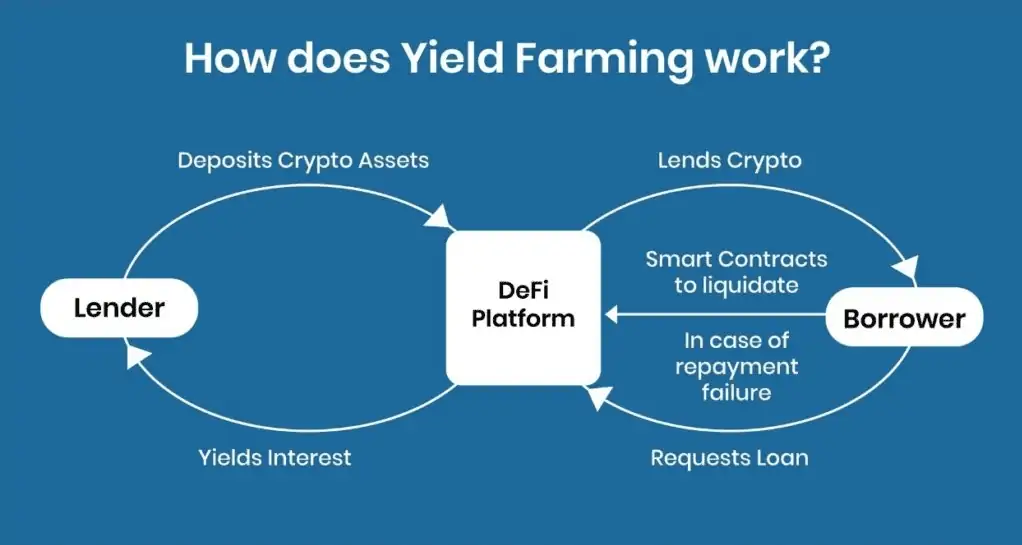
Yield farming has become one of the most popular applications of DeFi among modern traders. The system takes up idle cryptocurrency that would otherwise be wasted away in a wallet or an exchange and uses it to provide liquidity in DeFi protocols. Another reason for the increased popularity of yield farming is the high rates of return. For example, some of the yield farming strategies have been reported to generate 100% annual percentage yield.
Liquidity Mining
Yield farming works in tandem with liquidity mining which further facilitates the process. What happens is, the yield farming protocols incentivise liquidity providers to stake or invest their crypto assets in smart contracts-based liquidity pools. And in return of providing liquidity to the pools, the liquidity providers earn some rewards, usually in the form of tokens. These tokens are added on top of the yields farmers get from various DeFi protocols. This process of distributing tokens to the users of a protocol in return for liquidity is called liquidity mining.
Important Defi Projects And Protocols
After looking at various applications and use cases of DeFi, here is a summary of the major projects that have allowed the DeFi space to expand and increase its reach.
No one can point out the exact date when the DeFi ecosystem was started. But, many would agree that the invention of Bitcoin was the first major milestone that marked the beginning of a decentralised world.
Bitcoin
Created in 2009 by a pseudonymous person called Satoshi Nakamoto, Bitcoin is one of the very first applications of DeFi. It is one of the first cryptocurrencies that introduced the concept of decentralisation to the world and enabled the creation of Ethereum. Bitcoin allows you to truly own and control value and send it anywhere in the world. It accomplishes this by eliminating the need for a trusted intermediary and allowing a large number of people to agree on a ledger of accounts without trusting each other. In other words, Bitcoin is simply a token that holds a certain value and represents balances kept on a public ledger that is transparent and open for each user.
Although Bitcoin enables one to send and receive tokens globally, a financial system needs many other important services to operate. People should be able to lend, borrow, trade, fund, etc. But, Bitcoin was not suitable for such applications, and that is where Ethereum came in.
Ethereum
Founded in 2015, Ethereum is a blockchain database that stores information in a decentralised format. It forms the perfect foundation for the majority of DeFi applications. Unlike Bitcoin, Ethereum wasn’t built to support a cryptocurrency. Instead, it provides a platform to its users to develop and use various applications and store information securely. Ethereum also has its own cryptocurrency called Ether, which can be used to complete transactions on this blockchain.
One of the major DeFi projects built on Ethereum is Maker, which is based on a DeFi protocol called MakerDAO
Maker and MakerDAO
MakerDAO is an Ethereum-based DeFi protocol that has played a crucial role in DeFi by providing a platform to the developers with liquidity and a stable unit for DeFi applications. This protocol is responsible for creating a stablecoin called DAI, which is soft-pegged to the value of the US dollar. Moreover, it also has its own governance token called Maker (MKR), used to vote on various protocol decisions. This project is one of the early pioneers of the DeFi ecosystem and has played a huge role in expanding the decentralised finance space.
In 2017, another major use case of Ethereum- ICOs became prevalent. ICOs or initial coin offerings can be seen as DeFi’s equivalent to an initial public offering. A company or a new product looking to raise money can launch an ICO instead of resorting to traditional methods of raising money. Then the investors can participate in the offering in exchange for a new cryptocurrency token issued by the company. This token may have some utility, or it may simply represent a stake in the project.
In the era of ICOs, many interesting projects came up that further contributed to the DeFi ecosystem. One such project is Aave.
Aave
This is another popular application on the Ethereum blockchain that allows users to lend and borrow cryptocurrencies. Aave is basically a decentralised crypto bank controlled by its users. As can be predicted, all the loans are controlled and operated through smart contracts. This lending protocol has its native token called AAVE which also runs on the Ethereum blockchain. AAVE is not a cryptocurrency but a token, meaning that the users will have to pay ETH gas fees while using it. The token is used for governance as only the token holders can vote on requested changes in the protocol.
Besides Aave, many other projects based on the Ethereum blockchain have made massive contributions in fuelling the rise of decentralised finance. Some of these projects include Synthetix, Ren, Kyber Network, Bancor and the 0x protocol.
DeFi vs CeFi
Traditional finance or centralised finance (CeFi) differs from DeFi in many ways. Although both systems’ basic applications are almost the same, the way they carry out their operations is the main difference. While the CeFi system operates on trusting people and providing customer service, DeFi works on technology and blockchain and thus, makes the system intrusion free by eliminating the need for intermediary or censorship.
The main differences between the two include:
Decentralised Finance | Traditional Finance |
|---|---|
Based on a public blockchain | Controlled by central authorities like banks or government |
Users have complete control over funds’ custody. | Central authorities control the funds. |
Permissionless- anyone with an internet connection and crypto wallet can lend or borrow. | Requires permission and certain prerequisites such as credit score or banking record to borrow or lend. |
Trustless- all the transactions are based on pre-programmed smart contracts that cannot be tampered with. | Need to trust the central authority and banks with funds. |
Privacy- all transactions are made pseudonymously. | Every financial activity requires the user to reveal their identity. |
Transparent- anyone can go through a public blockchain’s records and see how the system is working. | No one can ask to look at the authority’s histories or records. |
As is evident by the differences, the DeFi model is particularly aimed to resolve some major issues in the traditional financial system including limited availability, the need to trust people, no transparency, regulatory control and low transaction fees.
Risks Associated With DeFi
Although the DeFi system has revolutionised the financial sector, there are certain very serious risks associated with the system as it is very recent and still evolving. Therefore, anyone who is looking to invest in this sector should first lookout for these risks.
- Technological risks: DeFi applications are primarily built on blockchain which runs on smart contracts. Since humans encode these smart contracts, they may contain some bugs or errors. These bugs can severely affect DeFi applications and protocols. For example, recently, a DAO hack resulted in millions of dollars being lost as a hacker extracted funds from the smart contract.
- Asset risks and market gyrations: usually, the collateral provided in DeFi transactions is in cryptocurrency. Now, the crypto market is quite volatile, leading to frequent and sometimes extreme fluctuations in the market. This leads to uncertainty and instability in the financial market. Sometimes, the problem goes out of hand and can cause potential bank runs, leading to major crashes in the value of the tokens.
- Compliance risks: the main selling proposition of the DeFi system is that it is based on software programs that automate transactions and replace centralised authorities. But this proposition in itself creates several risks as well as an uncertain regulatory environment. These risks are further amplified due to the anonymous transactions and global reach of DeFi. As there is no direct guidance from any responsible authority, the users are confronted with confusing compliance and legal obligations.
- Flash loan attacks: Flash loans are unique DeFi loans that do not require any collateral. These are unsecured loans based on smart contracts to mitigate the risks in the lending process. Using a flash loan, the borrower can borrow an unlimited amount of money without any collateral, but they have to pay back the full amount within the same transaction. If the borrower doesn’t pay back, the lender can just roll back the transaction without any problem.
Since flash loans do not require any collateral, credit source, or other verification, they pose certain risks to the DeFi system. This is because borrowers sometimes borrow a huge amount of money and use it to manipulate the market for their personal gains without any repercussions. For example, recently, some attackers attacked a yield farming aggregator called PancakeBunny. The attack was so severe that the aggregator’s token Bunny dropped by 95% of its value. The attackers achieved this by borrowing large amounts of BNB through the aggregator’s lending protocol, using that money to manipulate the price of BUNNY and then eventually dumping the protocol on the open market.
Bottom-Line?
DeFi has undoubtedly revolutionised the financial ecosystem by introducing a decentralised and transparent ecosystem with apparently no entry restrictions. This global system has the potential for unlimited growth in the recent future.
However, it cannot be ignored that DeFi is still in its infancy and some certain risks and loopholes need to be resolved and looked out for before DeFi can become fully mainstream among the common public. For example, there are significant risks associated with smart contracts; there are DeFi rug pulls using which hackers drain a protocol of funds leaving the investors unable to trade. And the biggest drawback of the DeFi system is the lack of clear regulations and laws to protect the users from various cybercrimes.
But one cannot deny that DeFi is the future of the financial system. If appropriately utilised, DeFi can be of significant help to both developed as well as developing countries. Once fully matured, DeFi will help bring the much-required paradigm shift by offering an open, affordable and profitable system to the users with mutual trust and transparency.
Go On, Tell Us What You Think!
Did we miss something? Come on! Tell us what you think about our article on what is Decentralised Finance in the comments section.
An enthusiastic human being with determination and zeal to explore new ventures. Tanya is an entrepreneurial spirit searching for changes and learning to exploit them as opportunities and impacting people for good.
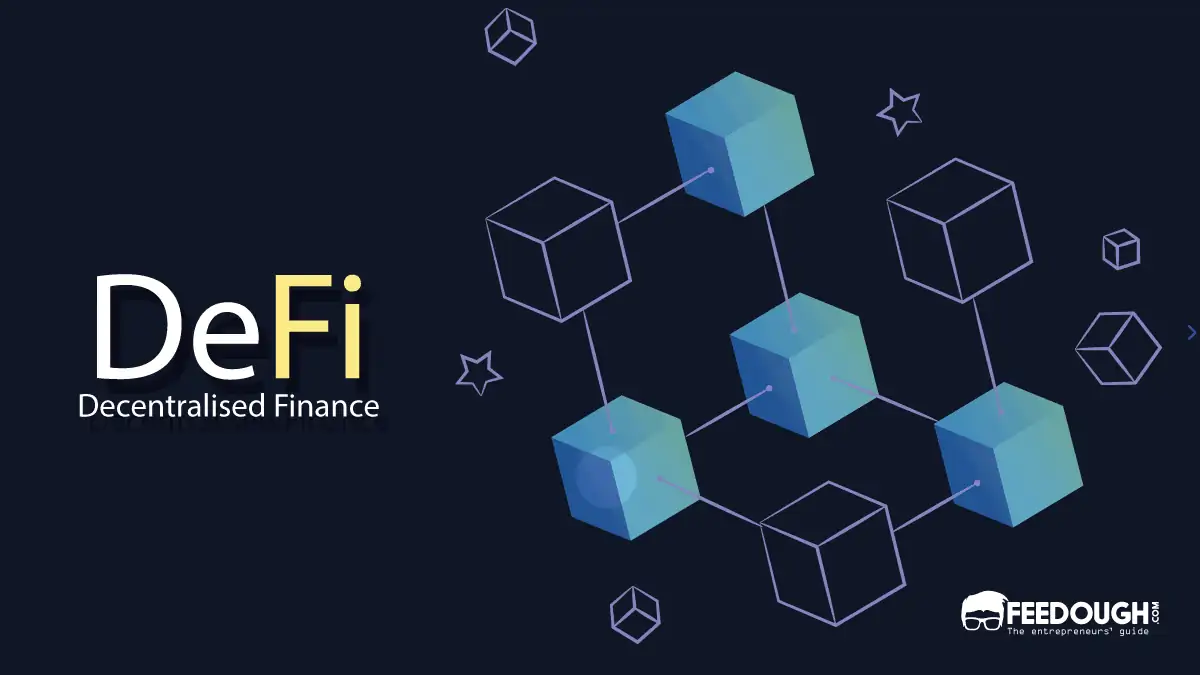
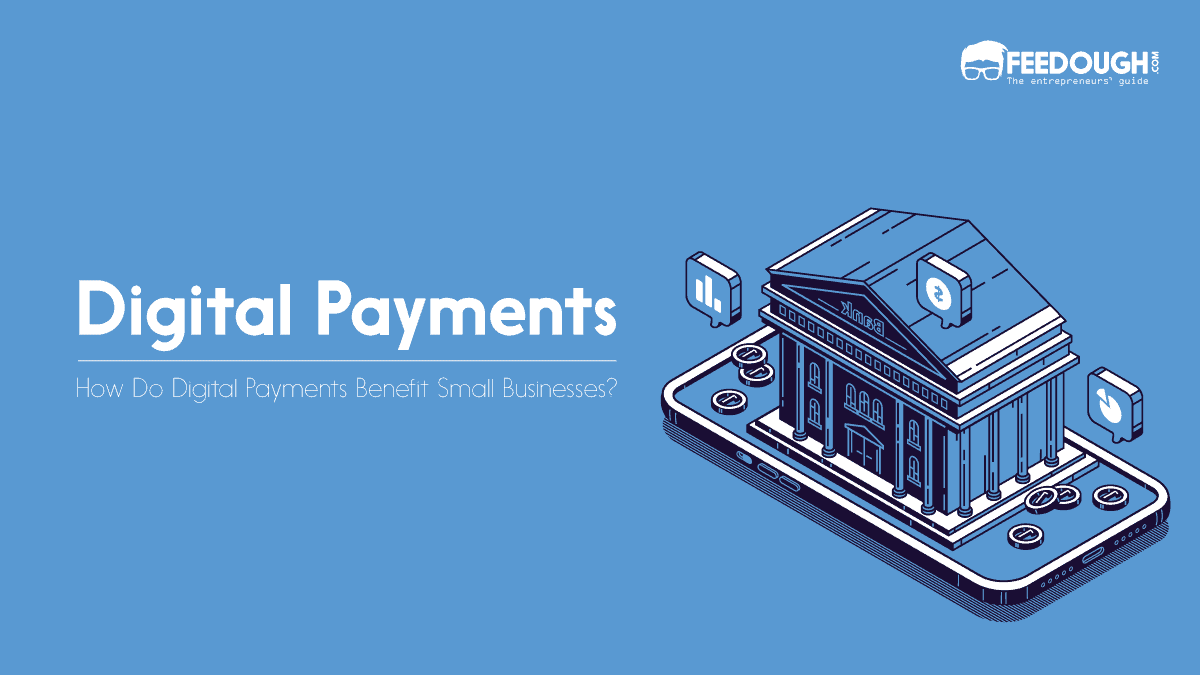
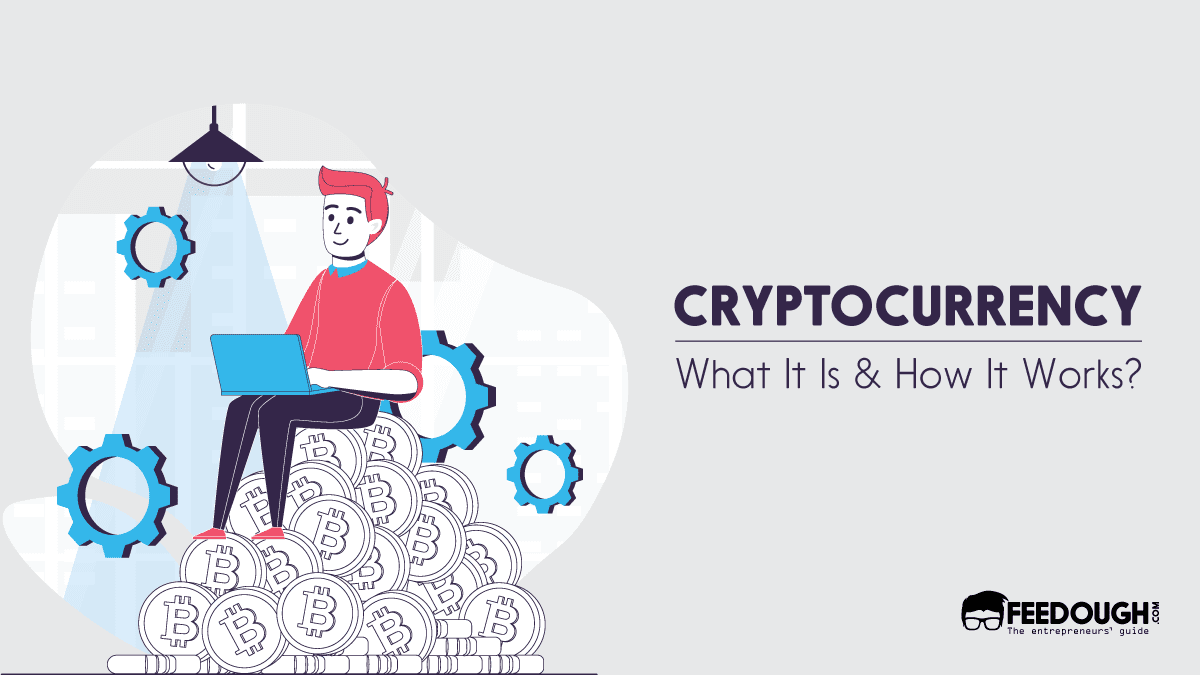
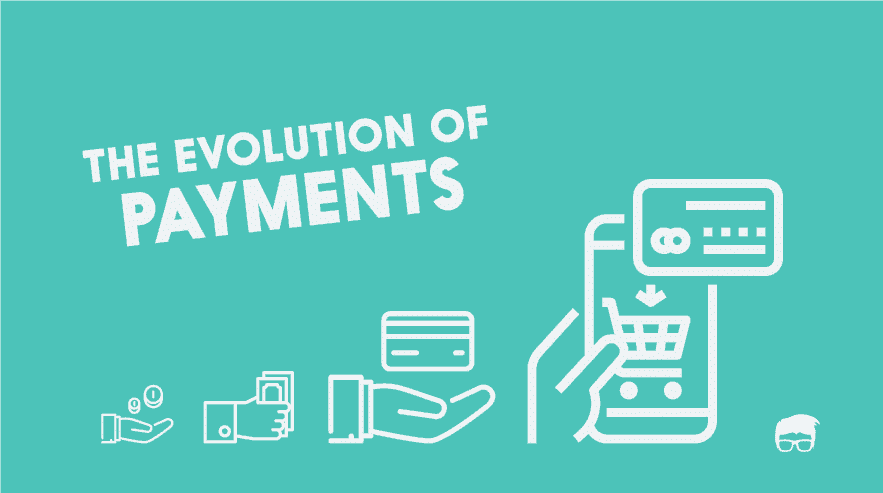
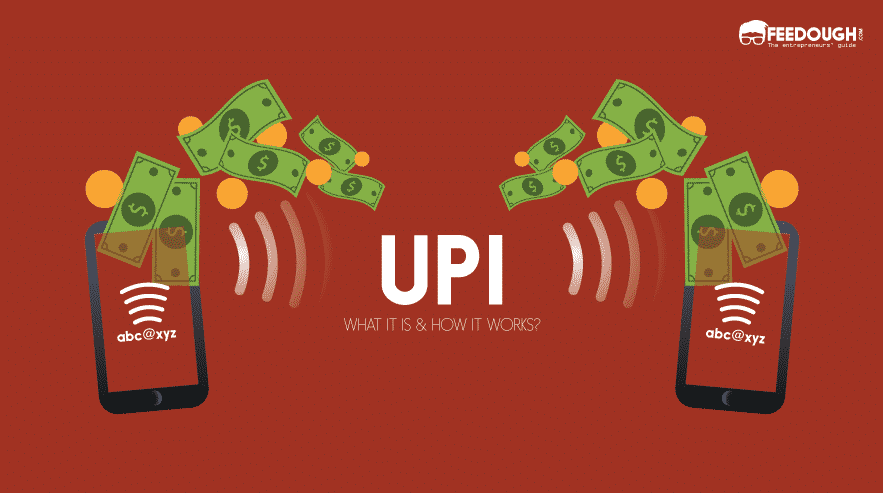
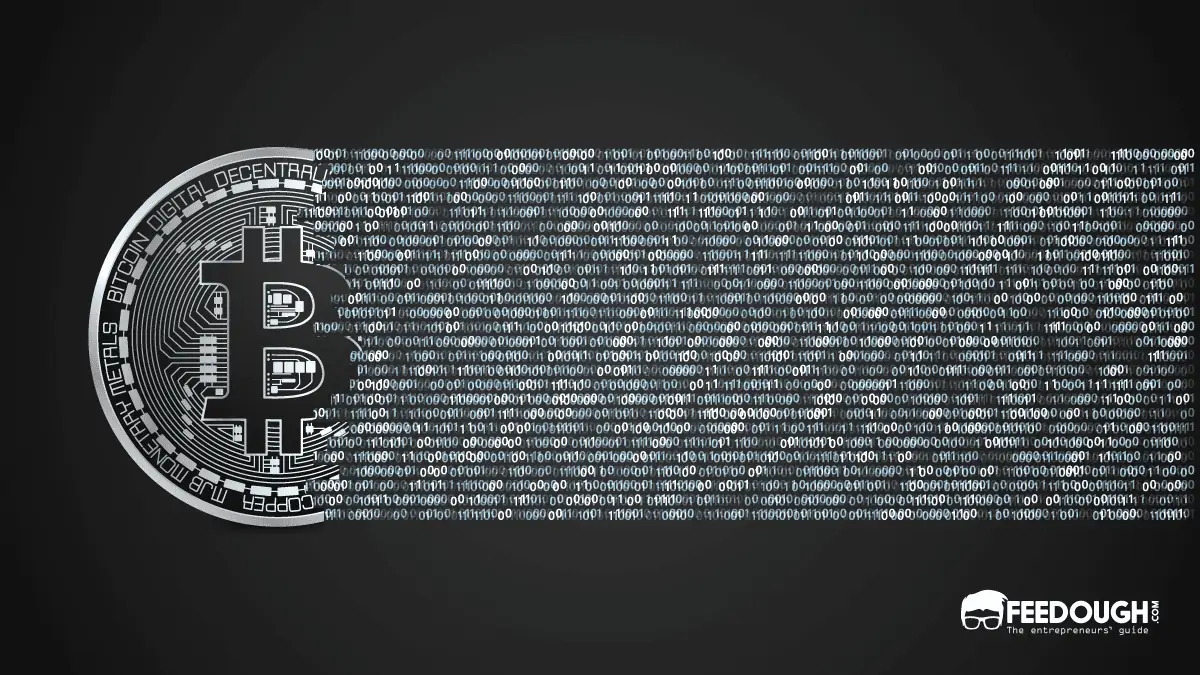
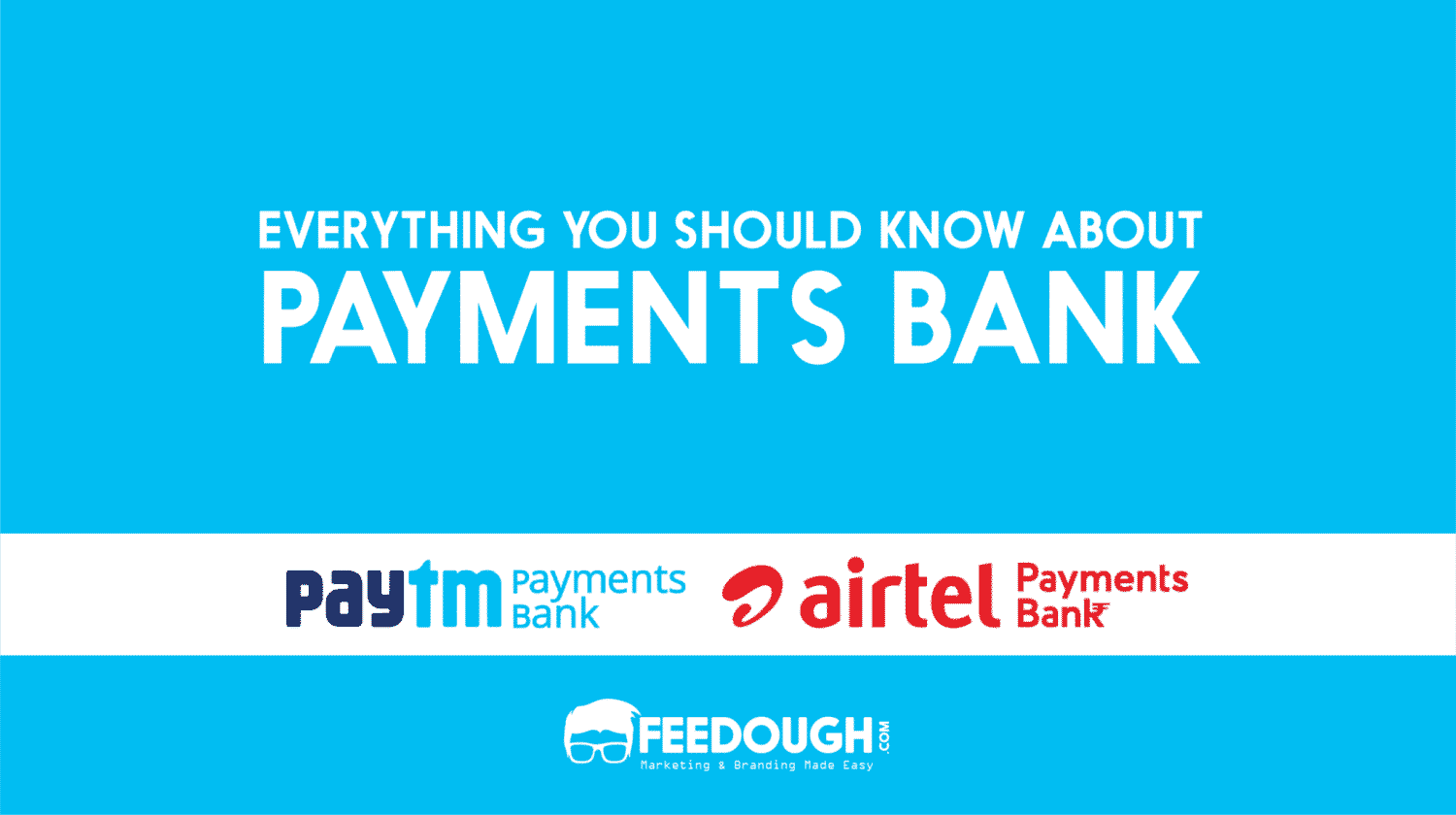
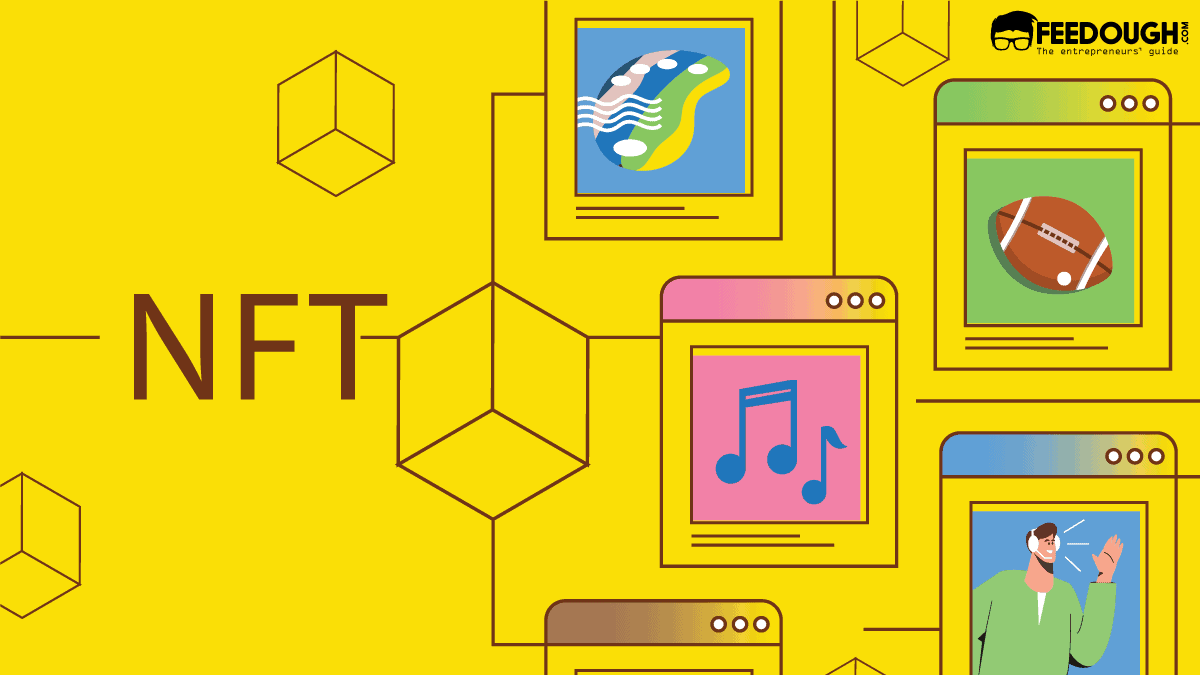
![Types Of Fintech Companies [Complete Guide] types of fintech](https://www.feedough.com/wp-content/uploads/2024/07/types-of-fintech-150x150.webp)
